Sound recognition Phonics Worksheets for Ages 5-9
14 filtered results
-
From - To
Welcome to our Sound Recognition Phonics Worksheets for Ages 5-9! Designed to enhance early literacy skills, these engaging worksheets help children develop critical listening and sound identification abilities. Each activity promotes the understanding of phonemes and their relationship to letters, making learning interactive and fun. With colorful visuals and creative exercises, kids will enjoy identifying beginning sounds, matching letters to sounds, and practicing sound blending. Perfect for classroom or home use, our worksheets offer a comprehensive approach to phonics learning, ensuring your child becomes confident in reading. Explore the world of sounds and foster a love for language today!


Blending Consonants: "Fl", "Bl" and "Gl" Printable
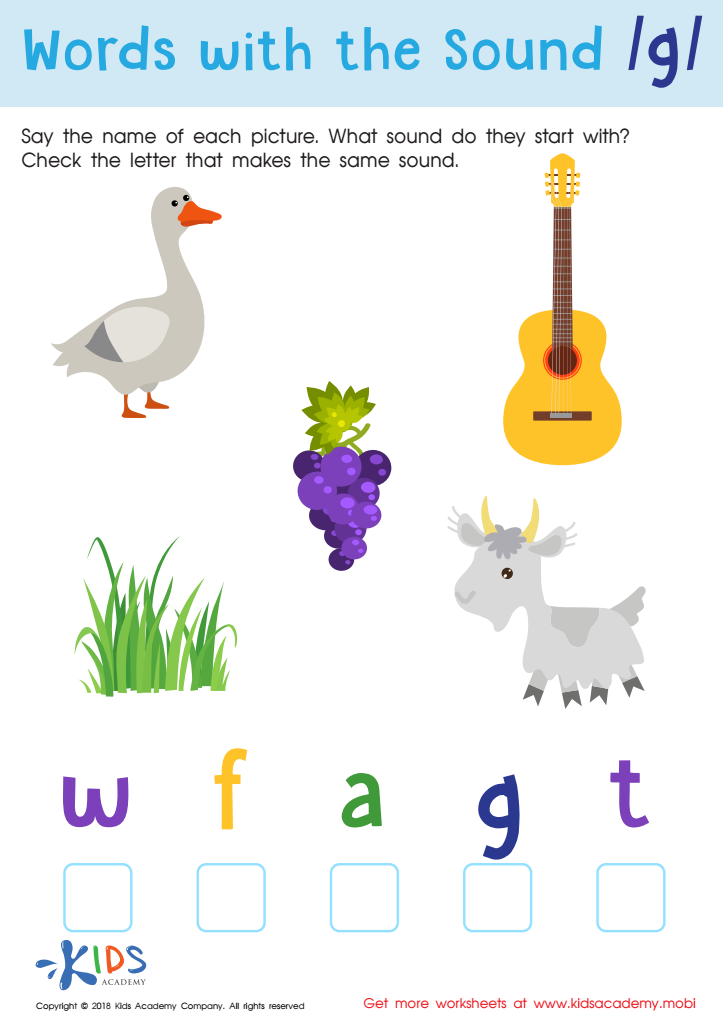

Words with sound g Reading Worksheet
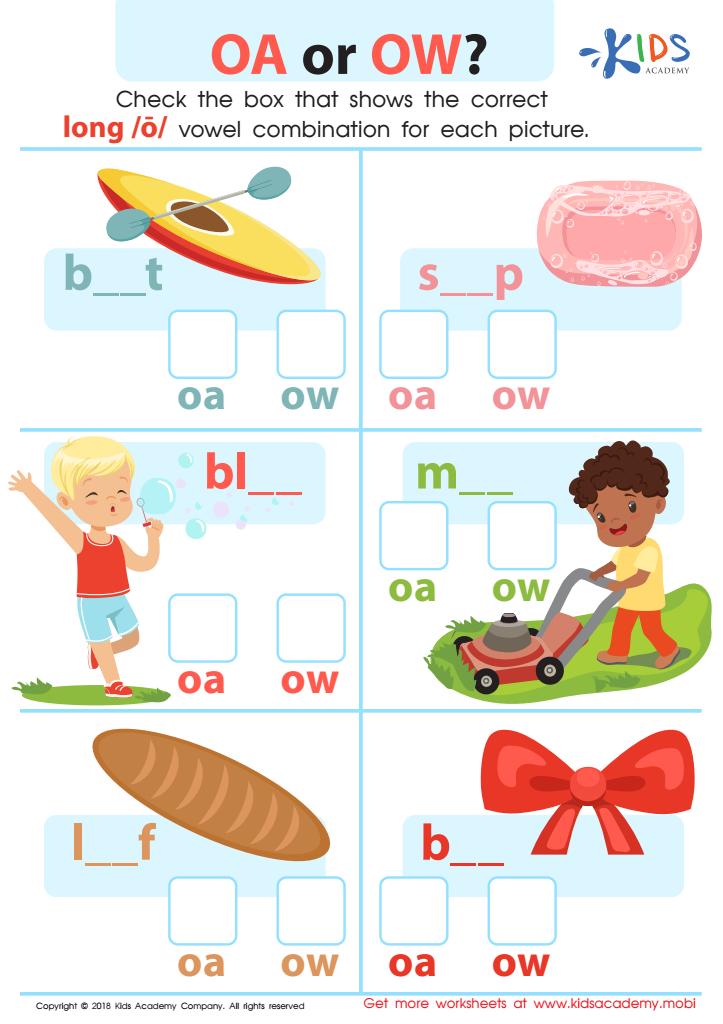

Reading: OA or OW Worksheet


What Do You Hear? Worksheet


Rhyming Words Rhyming Worksheet
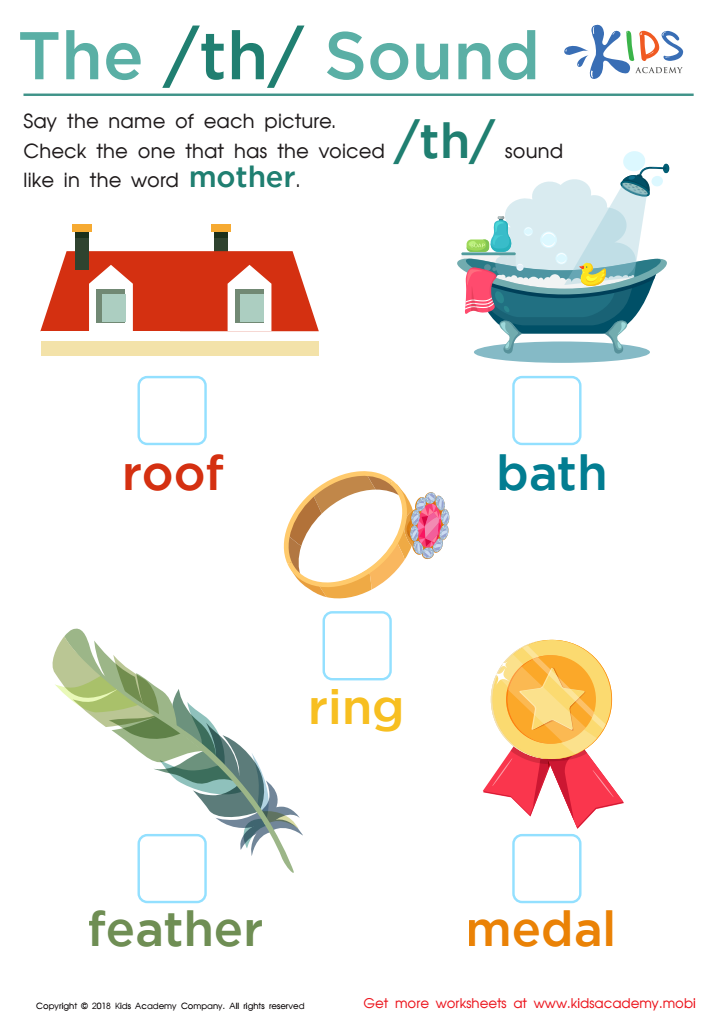

The /th/ Sound Worksheet
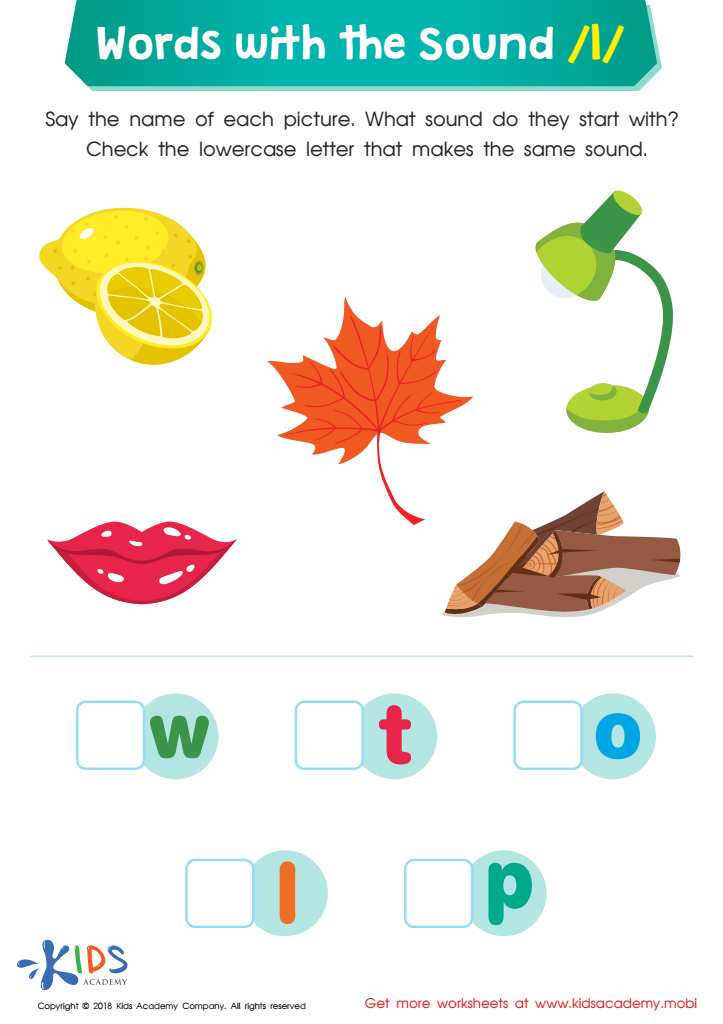

Words with Sound L Reading Worksheet
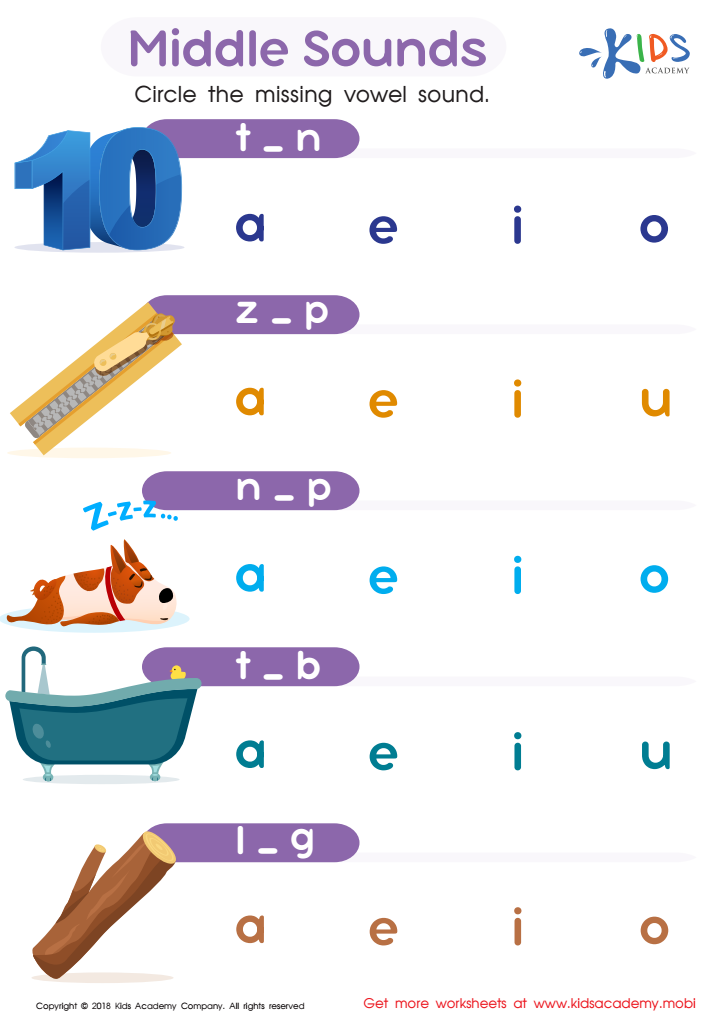

Middle Sounds Worksheet


Long and Short U Worksheet
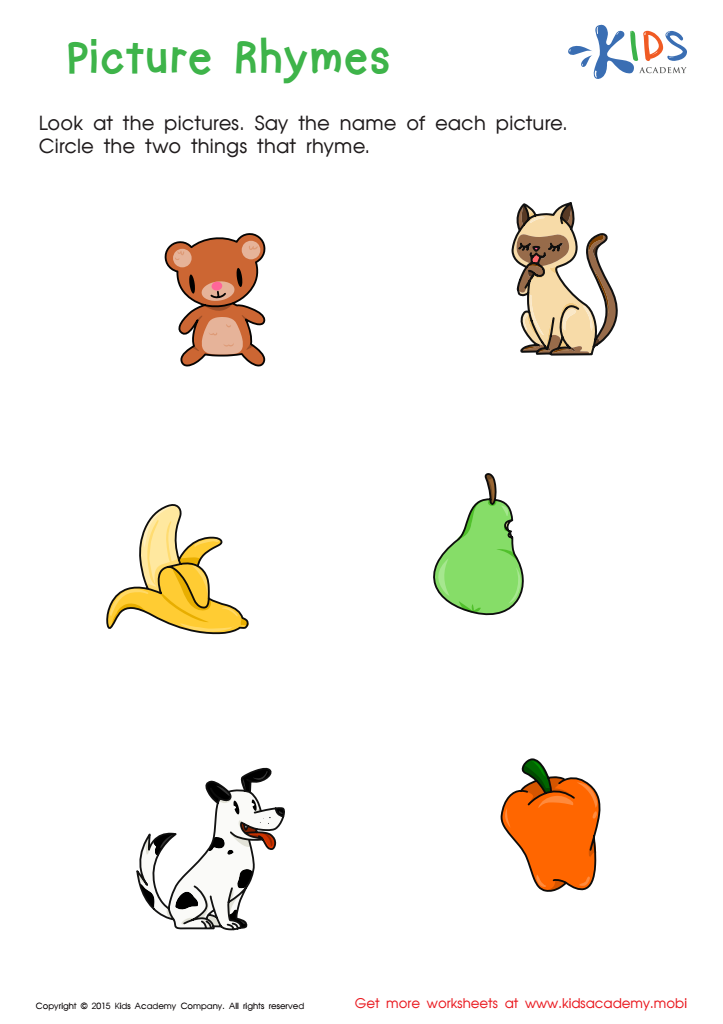

First Words: Picture Rhymes Worksheet
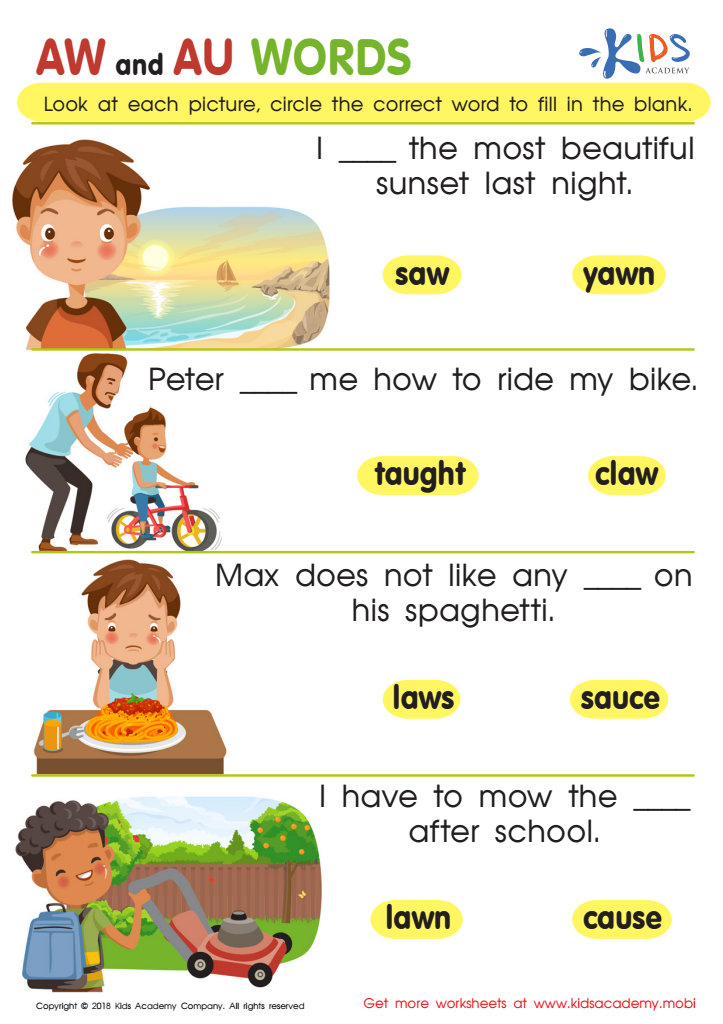

Reading: AW and AU Words Worksheet
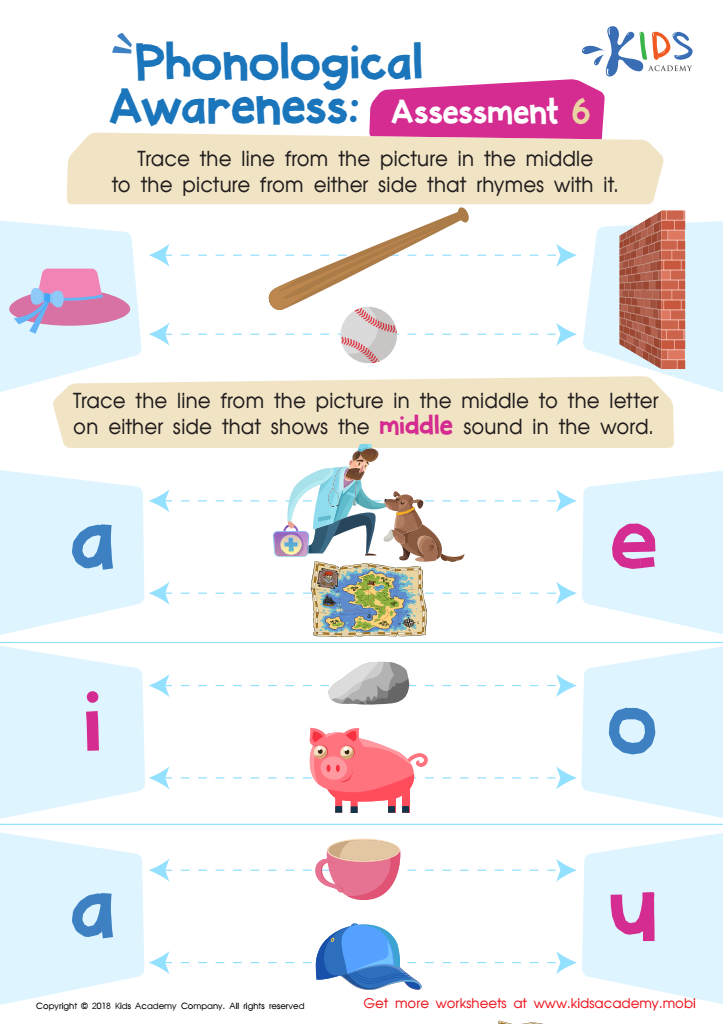

Phonological Awareness: Assessment 6 Worksheet
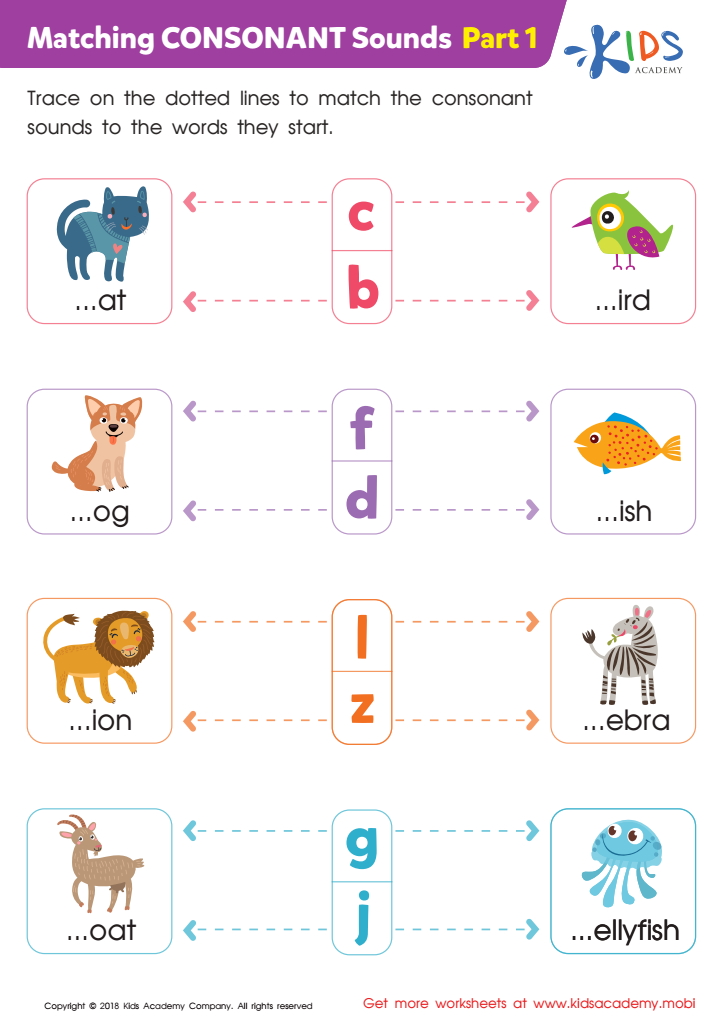

Matching Consonant Sounds: Part 1 Worksheet
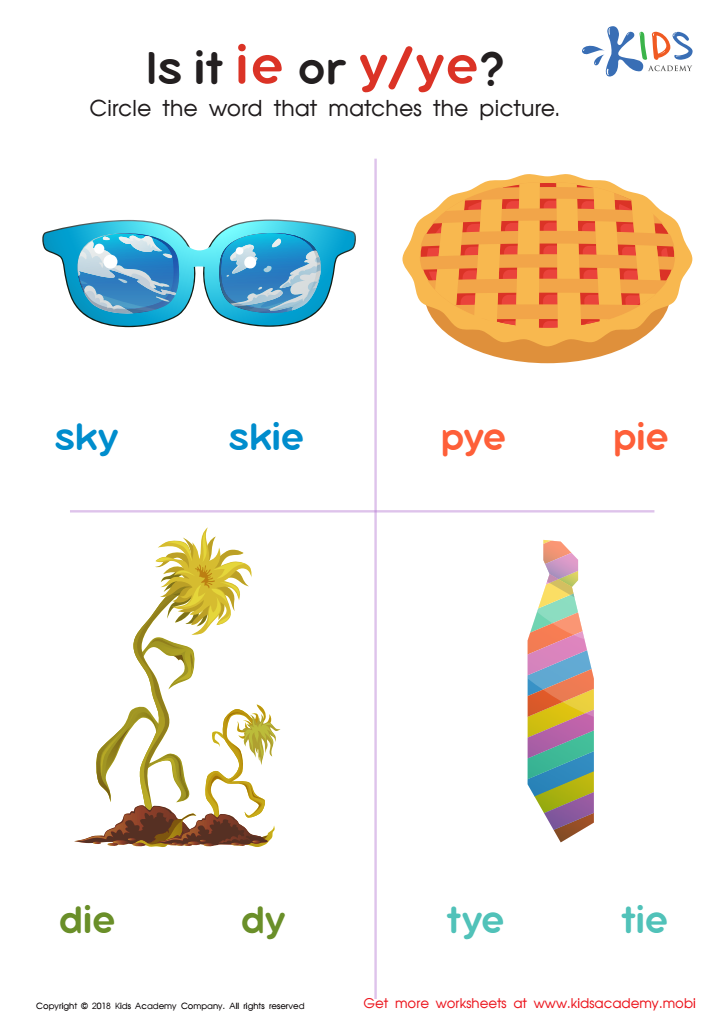

Is It IE or Y/Ye? Worksheet
Sound recognition phonics is a crucial aspect of early literacy development for children aged 5-9. This foundational skill enables children to understand the relationship between sounds and the letters that represent them, which is essential for reading proficiency. When children learn to recognize and manipulate sounds, they become more adept at decoding words, improving their overall reading fluency and comprehension.
Parents and teachers should prioritize sound recognition phonics because it builds confidence in young readers. Children who grasp phonics concepts are more likely to approach reading with enthusiasm and less anxiety. Furthermore, phonics instruction supports spelling skills and assists in writing development, as children can apply their understanding of sounds to form words correctly.
Engaging in sound recognition also fosters cognitive development, enhancing auditory discrimination, memory, and critical thinking skills. This holistic approach ensures that children are not only prepared for academic success but also equipped with the literacy skills essential for lifelong learning.
In summary, sound recognition phonics is vital for fostering strong reading skills, boosting confidence, supporting language development, and ensuring children attain a solid foundation for future academic pursuits. Therefore, it’s imperative that parents and teachers actively engage in facilitating these skills.
 Assign to My Students
Assign to My Students





















